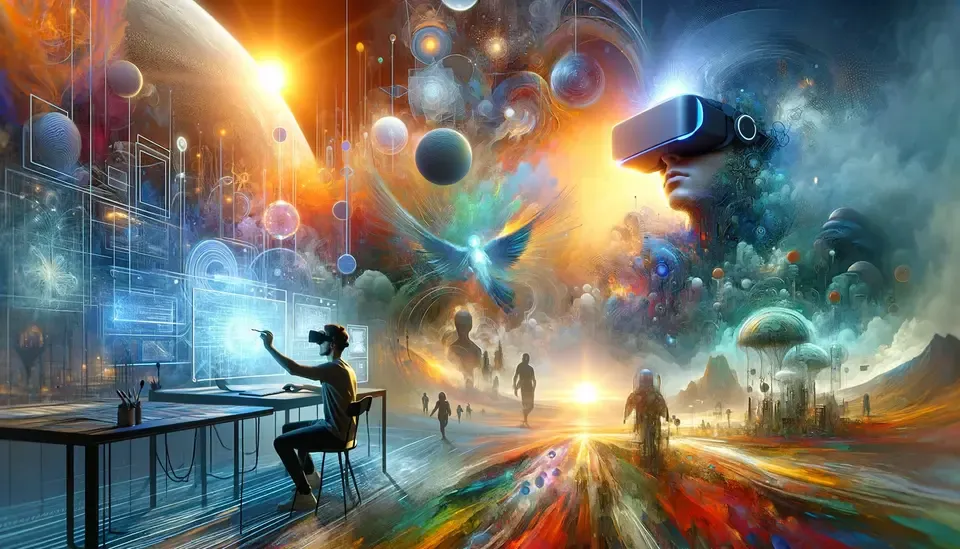In the ever-evolving landscape of digital art, new technologies are continually pushing the boundaries of what is possible. One of the most exciting developments in recent years is the rise of artificial intelligence in creative fields. AI has the potential to revolutionize how we think about and create art, offering new tools and possibilities for artists around the world.
The Intersection of Art and Technology
Art and technology have always had a symbiotic relationship. From the invention of the camera to the development of digital painting software, technological advancements have consistently provided artists with new mediums and techniques to explore. The latest frontier in this relationship is the integration of AI into the creative process.
AI can assist artists in various ways, from generating new ideas to refining existing works. For example, AI algorithms can analyze vast amounts of data to identify patterns and trends in art, providing artists with insights that would be impossible to achieve through traditional methods. This can lead to the creation of entirely new styles and genres, pushing the boundaries of what we consider art.
AI-Generated Art
One of the most fascinating applications of AI in art is the creation of AI-generated artwork. These pieces are created by algorithms that have been trained on large datasets of existing art. The AI learns the styles and techniques of various artists and then uses this knowledge to create original works. This process can result in stunning and unique pieces that blend elements from different artistic movements and periods.
A notable example of AI-generated art is the portrait “Edmond de Belamy,” created by the French art collective Obvious. The portrait, which sold for $432,500 at Christie’s in 2018, was generated using a Generative Adversarial Network (GAN). This type of AI consists of two neural networks: one that generates images and another that evaluates them. The process continues until the generated images are indistinguishable from those created by human artists.
Ethical Considerations
While the potential of AI in art is immense, it also raises important ethical considerations. Who owns the rights to AI-generated art? Should AI be credited as the creator, or should the credit go to the human programmers who developed the algorithms? These are complex questions that will need to be addressed as AI continues to play a larger role in the art world.
Additionally, there is the concern that AI could replace human artists. However, many experts believe that AI will instead augment human creativity, providing new tools and possibilities rather than replacing human artists altogether. The collaboration between humans and AI could lead to a new era of artistic innovation.
The Role of text to image AI
One of the most promising areas of AI in art is the development of text to image AI. This technology allows users to describe an image in words, and the AI then generates a visual representation based on that description. This can be a powerful tool for artists, allowing them to quickly visualize their ideas and experiment with different concepts before committing to a final design.
Conclusion
The future of art is bright, and AI is set to play a significant role in its evolution. From generating new ideas to creating entirely original works, AI offers artists a wealth of new possibilities. As we continue to explore the potential of AI in art, it is essential to consider the ethical implications and ensure that this technology is used to enhance, rather than replace, human creativity. The collaboration between humans and AI could lead to a new golden age of artistic expression, pushing the boundaries of what is possible and inspiring future generations of artists.
